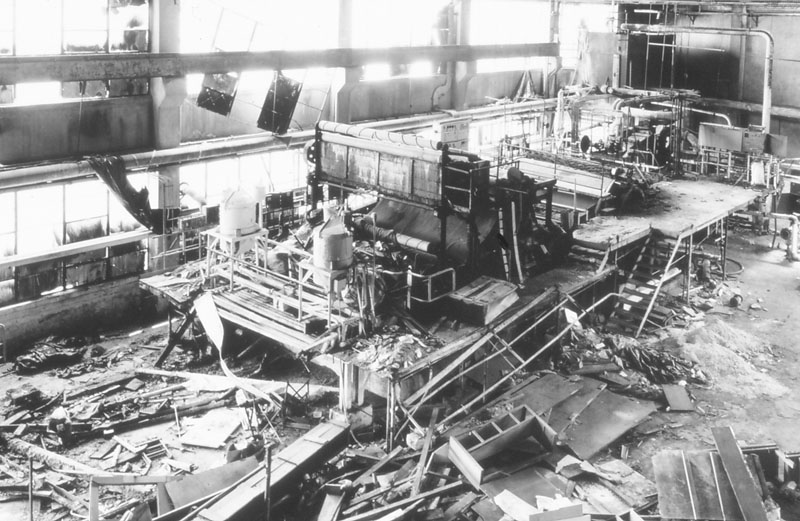evolve*
Date Built: 2008
Architect: Jahn Associates
13 storeys, 47 apartments. Waterfront tower facing Waterfront Park. Winner of the 2009 UDIA High-density Housing Award. Site of CSR caneite factory
Evolve & Waterfront Park
1990
In 1984, as industries quit Pyrmont, the State government resolved to redevelop the area, and in 1987 decided that the peninsula needed its own plan. In the same year CSR asked Lend Lease to study the feasibility of redeveloping the whole industrial site.
Many studies ensued: the Pyrmont-Ultimo Heritage Study (1990), a Social Impact Assessment (1991), and a Regional Environmental Plan (1992). In 1993 the Pyrmont-Ultimo Urban Development Plan was approved, and so was a Master Plan for Pyrmont Bay.
Archaeological surveys are the most useful sources for Pyrmont before 1990: they are summed up in the Sydney Harbour Foreshore Authority’s Jacksons Landing Interpretation Strategy, and Jane Bennett’s extraordinary paintings. John Broadbent complemented these studies with his comprehensive ecological history of the peninsula.
Pyrmont residents were deeply divided: some welcomed development, others were forced out of the area. In 1979 opponents formed UPROAR (Ultimo Pyrmont Residents Opposed to Arbitrary Redevelopment) and endured years of consultation (or, in their view, coercion). In August 1992 a few activists proclaimed the Republic of Pyrmont. In this brilliant protest the republicans issued visas, and publicised their critique of top-down planning, and in particular to Jacksons Landing, and the proposed casino and helipad.
Meanwhile in 1997 Lend Lease bought the CSR site, and by April 1999 Jacksons Landing was under construction. Burley Griffin’s elegant incinerator had closed in 1971, and after twenty years of indecision, was demolished in 1992. The same fate overcame the Char House, which then stopped fouling the air. Lend Lease chose to demolish the factory rather than try to refurbish it.
By now the Glebe Island swing bridge was obsolete. Too narrow for road traffic, it would open at inconvenient times to allow fishing boats to pass in and out of Blackwattle Cove. ANZAC bridge, built by Baulderstone, opened in late 1995, carrying six lanes of traffic high above the site, instead of four lanes right through it.
The end of caneite production and the demolition of the factory cleared a wide space on the shoreline, and allowed Bowman Street to be opened, widened, and made into a thoroughfare.
Aztec designs on evolve*, rusty balls in Waterfront Park, and Metamorphosis (an enigmatic art installation) evoke Griffin’s lofty vision, CSR’s restless ambition, and the transformation of the site into an upmarket apartment block and a well-landscaped park.











